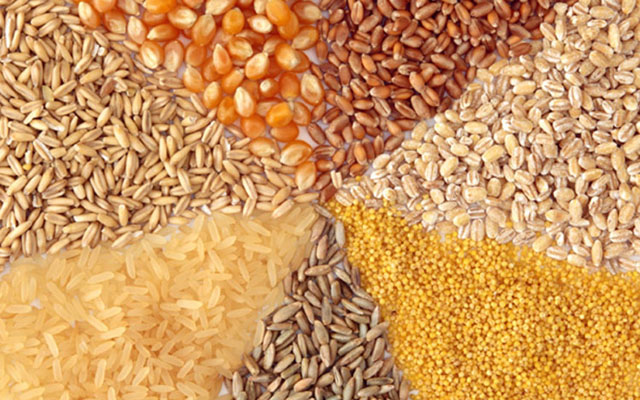CIMMYT ends the drudgery of traditional grain processing

Fildah Gwati
THE International Maize and Wheat Improvement Centre (CIMMYT) has introduced a multi-crop thresher to transform labour-intensive traditional grain processing into a smarter and less strenuous way of producing high quality traditional grain meals.
The move is in line with the country’s current push to promote traditional grain production as a way of climate-proofing agriculture against weather vagaries.
The multi-crop thresher was introduced by the Feed the Future Mechanisation and Extension Activity, implemented by CIMMYT and funded by the United States Agency for International Development (USAID) to address the challenges of traditional small grain processing and offer new market opportunities to farmers.
CIMMYT principal scientist and project head for the Mechanisation and Extension Activity Mr Christian Thierfelder said: “One of the main impediments to large-scale adoption of sorghum and millet in drought-prone areas is the laborious task of threshing. This has been solved by introducing multi-crop threshers, which form a central part in the business of mechanisation service providers in rural Zimbabwe.”
He added that, the introduction of the thresher also enhanced the overall quality of traditional grain products. This innovation is a crucial step in promoting the production and consumption of traditional grains contributing to food security and improved livelihoods for farmers.
Traditional grain processing has been characterised by the arduous task of manual threshing using sticks. Often at the forefront of this task, women repeatedly beat the heads of traditional grains on hard surfaces such as granite or hard clay to separate the grains. Despite efforts to minimise contamination by threshing them into sacks or on plastic sheets the gritty taste persists.
“The introduction of this technology not only improves the efficiency of traditional grain processing but also enhances the overall quality of the final products resulting in clean grains that can be promptly taken to mills eliminating the gritty texture associated with sand and stone particles,” Mr Thierfelder explained.
Chief of party for the Mechanisation and Extension Activity Mr Leon Jamann chipped in saying: “In order to promote the technology itself, efforts are being made to make it accessible to farmers through partnerships with Zimbabwean banks. Small-scale loans are being made available at affordable rates and tenure times, enabling farmers with limited incomes to afford the thresher and scale up mechanisation solutions.”
The multi-crop thresher is powered by an eight HP diesel engine and provides an efficient solution. It can process a variety of crops including sorghum, millets, maize, wheat, cowpea, sugar beans and soybeans.
Designed to promote mechanisation as a business, the locally made thresher is fuel-efficient, easy to operate, transportable, has high threshing efficiency and is women-friendly easing the physical strain on farmers.
By feeding the crops into the inlet hopper the machine separates the grain from the chaff as it passes through the threshing drum. Clean grain is released through the outlet chute, ensuring high-quality small-grain products. The multi-crop thresher has the capacity to thresh up to 0, 5 tons per hour for small grains significantly reducing the time and effort required compared to manual threshing methods.
“In our region, harvesting traditional grains was always laborious but thanks to the multi-crop thresher, it’s now much easier. It operates quickly and efficiently, delivering clean grains that we can promptly take to the mill. This technology has revolutionised our harvesting process, significantly reducing the time and effort required,” explained Mrs Paidamoyo Kaseke a farmer from Ward 4 in Chimanimani district, Manicaland province.
Through awareness meetings and events such as the 2023 Seed and Mechanisation Fairs organised by CIMMYT, farmers have had the opportunity to witness the speed and quality performance of the multi-crop thresher. They have also assessed the processed pearl millet and wheat showcasing the efficiency of the machine and the improved grain quality.








Comments